Designing with mirrors is not new. “Our ancient ancestors fashioned mirrors from polished stones as early as 4000 B.C.; [but] it wasn’t until the First Century that the Romans introduced a very rudimentary mirror made of glass,“ writes Bill Rau of M.S. Rau Antiques.
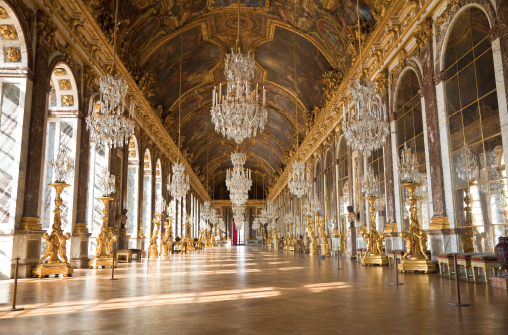 Historically, “the early Church viewed the mirror as a symbol of sin and vanity and it was forbidden for priests to own a mirror,” Rau says. In fact, Pope John XII declared ‘The Devil can conceal himself in a phial or a mirror.’
Historically, “the early Church viewed the mirror as a symbol of sin and vanity and it was forbidden for priests to own a mirror,” Rau says. In fact, Pope John XII declared ‘The Devil can conceal himself in a phial or a mirror.’
“Devil, or no devil, glass mirrors all but disappeared during the early Middle Ages. By the 14th century, the invention of glass blowing techniques in Europe refueled the interest in mirror production,” claims Rau.
Rau’s historic take on mirrors leads us to what is probably the most renowned use of mirrored décor in the world – The Hall of Mirrors at Versailles, built under the reign of King Louis XIV of France in 1678.
But, before Louis XIV’s ‘spectacle miroir,’ “England’s King Henry VIII and France’s, Francis I were both avid collectors of mirrors. If there were anything fit for a king to collect, it was [a] mirror,” reveals Rau.
It used to be that the value of the mirror lay in the glass. But, today, it’s the frame. Intricate and gilded, simple and wood, frame styles and varieties are endless.
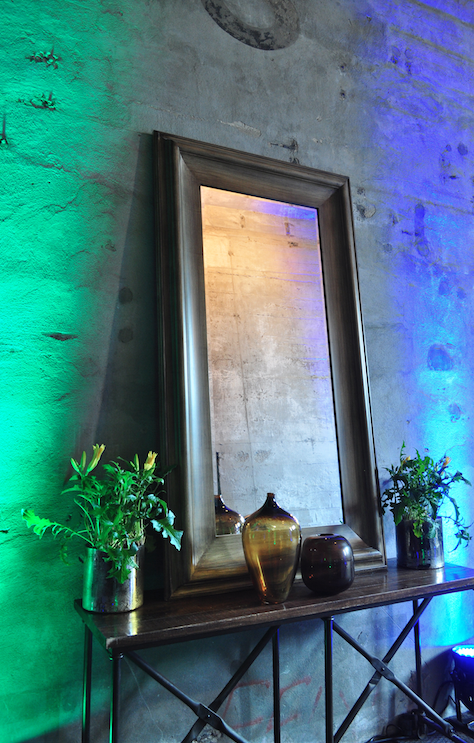 Regardless of the style that’s right for you, mirrors play an important role in design and provide many benefits and uses that kings, and lay people alike, can appreciate.
Regardless of the style that’s right for you, mirrors play an important role in design and provide many benefits and uses that kings, and lay people alike, can appreciate.
Mirrors can be…
- Art
With all of the available, beautiful frames, mirrors can truly be considered art.
- A Great Reflector
Strategically place your mirror to reflect another object, piece of artwork or outdoor landscape.
- Incorporated to make your room appear brighter
Mirrors reflect light, so they trick the eye into thinking the room is brighter.
- Used to make a room appear larger than it actually is
Mirrors add depth and dimension to your space.
- A source for creating drama within a room
Group mirrors in pairs or sets of three to create a focal point.
- A concealer
Cover outlets, switches, panels and even unsightly blemishes (I won’t tell if you don’t).
- Displayed in every room of the house
“Entries, rooms that lack natural light and dining areas can be a great place because they create an opportunity for creative lighting, candles, ambience, art and reflectivity,” says designer Amy Bubier on the English Traditions blog.
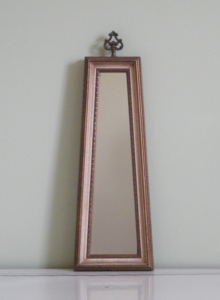 Although there are many places and many ways to use mirrors, one of my favorites is actually on the floor, leaning against the wall. An oversized, freestanding mirror allows for a full-body glimpse and frees-up wall space.
Although there are many places and many ways to use mirrors, one of my favorites is actually on the floor, leaning against the wall. An oversized, freestanding mirror allows for a full-body glimpse and frees-up wall space.
Too, freestanding mirrors allow for a change of heart without a big hole in the wall. No commitment and no measuring! This is great for home staging and renters who won’t have to repair walls.
It’s a more casual look that allows you to swap out pieces and move them to another room as your tastes and preferences evolve.
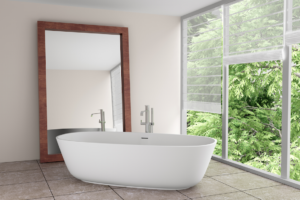 You can do this with pictures as well. Lean pictures on shelves, bathroom vanities, credenzas, fireplace mantels and dressers. Layer these pictures to create groupings and vignettes.
You can do this with pictures as well. Lean pictures on shelves, bathroom vanities, credenzas, fireplace mantels and dressers. Layer these pictures to create groupings and vignettes.
Talie Jane is the owner and principal designer of Talie Jane Interiors. Call 855.TALIEJANE today for help incorporating the benefits of mirrors into your home.
Sources:
“Mirror, Mirror on the Wall…the History of the Mirror.”
M.S. Rau Antiques, by Bill Rau
“Decorating Secret #5: Hang a Mirror in Every Room.”
English Traditions
http://www.englishtraditions.com/blog/?p=3040
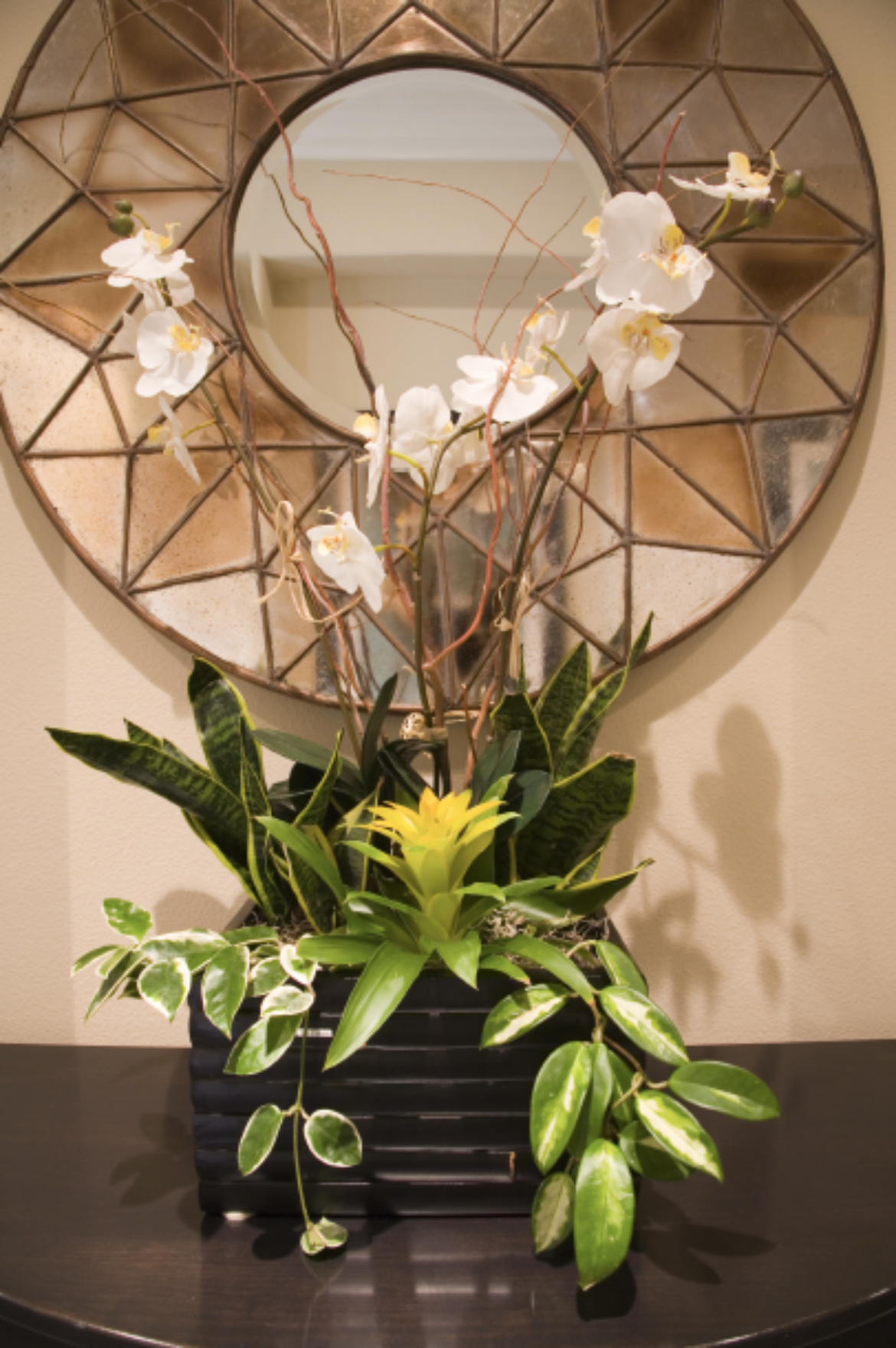
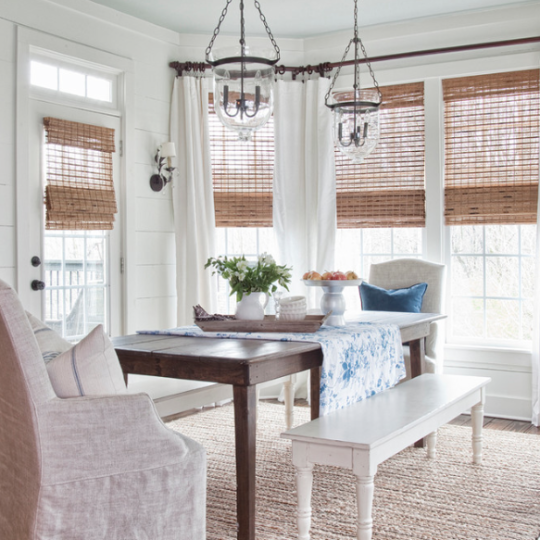
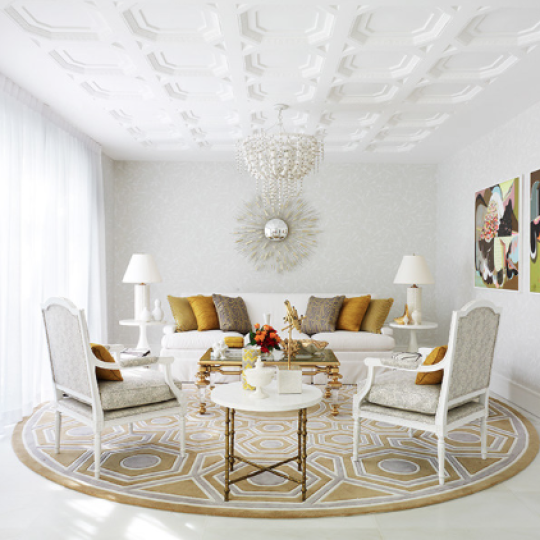

Sorry, the comment form is closed at this time.